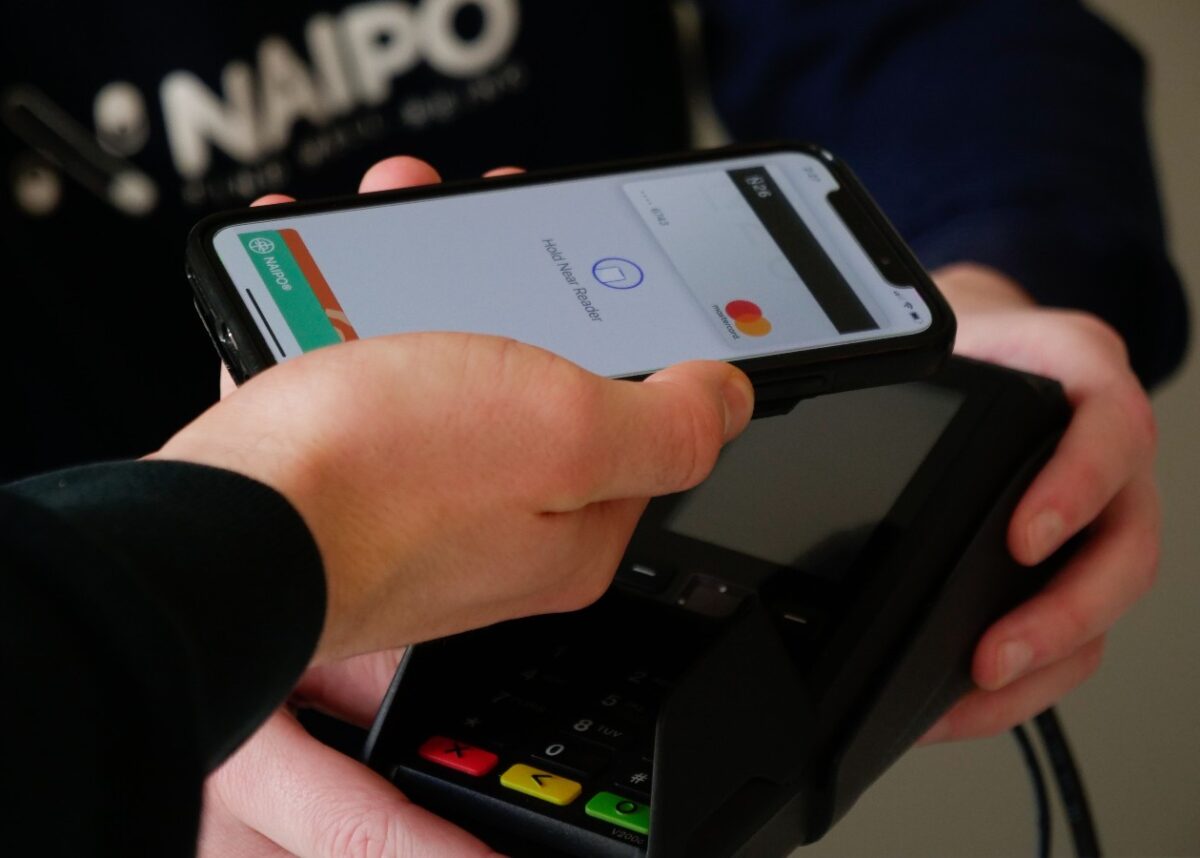Steven Threadgold, University of Newcastle; David Farrugia, University of Newcastle; Julia Coffey, University of Newcastle; Julia Cook, University of Newcastle; Kate Davies, University of Newcastle, and Kate Senior, University of Newcastle
Young people are often blamed for making irresponsible choices with money.
But the real issue is not whether they eat too many expensive cafe breakfasts. Young Australians today face an uncertain job market, rising university fees and astronomical house prices. Unfortunately, debt is also an inevitable part of their lives.
This comes amid a huge rise in the number of “buy now, pay later” apps, such as AfterPay, and payday loan apps, such as Nimble. It is possible to make purchases online with the the tap of a button, even if you don’t have the money in your account or on your credit card. It is also possible the able to borrow money within minutes.
To better understand how young people negotiate debt, we interviewed 31 people aged between 18 and 29 in the Newcastle and Hunter Valley area in 2020 and 2021. We asked them how they access credit and their views on different kinds of debt.
Our study
Our participants saw debt as a necessity if they are going to have an acceptable life in the present and plan for the future. As Steph, a 22-year-old university student, said:
Large debts like the mortgage, the HECS debt […] things like that I suppose in a sense it’s useful debt. It makes sense and it gets you further by doing it because there’s still an equity in what you’re doing … It follows you not nearly as badly as some other debts.
Young people also made distinctions about the way debt feels and how approachable it is. They acknowledged short-term consumer debts may not be “good”, but felt they were also part of being able to buy the things and have the experiences associated with being young.
Those we interviewed talked about AfterPay (where you pay off the debt in four installments) as an everyday part of life. As Alexa, a 23-year-old university student, told us:
AfterPay is for just those little wants that I don’t want to pay for up front.
They also described it as a low-risk and almost friendly way to buy things. This was particularly when compared to a bank. Alice, a 21-year-old sales assistant, put it this way:
AfterPay is like, ‘Oh, just pay this off in four quick things and you can have your item. We’ll send it out.’ But then banks are like, ‘If you don’t pay this back, you’re going to get so much interest and it’s going to suck, and you’ll have the sheriffs roll up at your house and you’re going to be sad.’
Like ordering a pizza
Interviewees attributed some of this friendliness to the process of accessing the money or goods. Mia, a 21-year-old paralegal, described applying for a small loan on the Nimble app:
When you apply for the money […] you can track at any point on it. The Nimble app is so similar to ordering a Domino’s pizza […] Whereas a credit card through a banking app, it’s nothing like that […] They send me letters and even opening the mail terrifies me, nothing good comes via snail mail ever.
The online, easy nature of these loan services closely relates to how young people engage with information more generally in their lives. In this sense, there is a familiarity and comfort to the way they work.
As Mia continues:
[It’s] positive, it’s not daunting, it’s informative, it’s instantaneous. The second the money comes out, I get a thank you email and a notification on the app. It’s like, ‘you have this many payments left, this is how much you’ve paid, this is how much you have left to pay, you will still be paid in full by this date’. I don’t have any of that with my credit card.
Familiar tactics
Inteviewees also spoke of how services like AfterPay and short-term loan apps used similar tactics to social media platforms to encourage increased engagement and make the experience feel informal and even social.

These include “on this day” reminders (such as, “this time last year, you bought this pair of shoes”) and waiting time indicators. There are also game elements, including “rewards” for early repayments.
Interviewees were aware this was manipulative. Lilian (26) works at a chain clothing store and was “rewarded ” for paying off a purchase early.
I got this thing the other day saying that my first payment [on a new purchase] is actually going to come out [later] now. Of course, I’ve been rewarded for paying everything off early [before] […] Yeah it’s like it’s delaying it, it’s not an issue now, but it’s going to be an issue in two weeks’ time.
What next?
Our interviewees may see debt as a necessity, but they are also aware they have (some) choices within this. So they prefer to go with providers or platforms that feel less threatening, especially as using “buy now, pay later” services sometimes does not feel like being in debt.

There is a need for greater regulation of the ways these products are promoted. It should always be made clear that this is a form of debt, not just a way to pay.
Beyond, this, instead of “blaming” young people for their spending habits, we need a better understanding of the economy and society they are living and working in. And how debt it is all but inevitable for people on low wages, with poor job security and insecure housing.
Steven Threadgold also talks about how buy now, pay later apps influence young people’s spending on the Seriously Social podcast by the Academy of the Social Sciences in Australia.
Steven Threadgold, Associate Professor, Sociology, University of Newcastle; David Farrugia, Senior Lecturer, School of Humanities and Social Science, University of Newcastle; Julia Coffey, Senior Lecturer in Sociology, University of Newcastle; Julia Cook, Lecturer in Sociology, University of Newcastle; Kate Davies, Human Services Lecturer, University of Newcastle, and Kate Senior, Associate Professor, University of Newcastle
This article is republished from The Conversation under a Creative Commons license. Read the original article.












